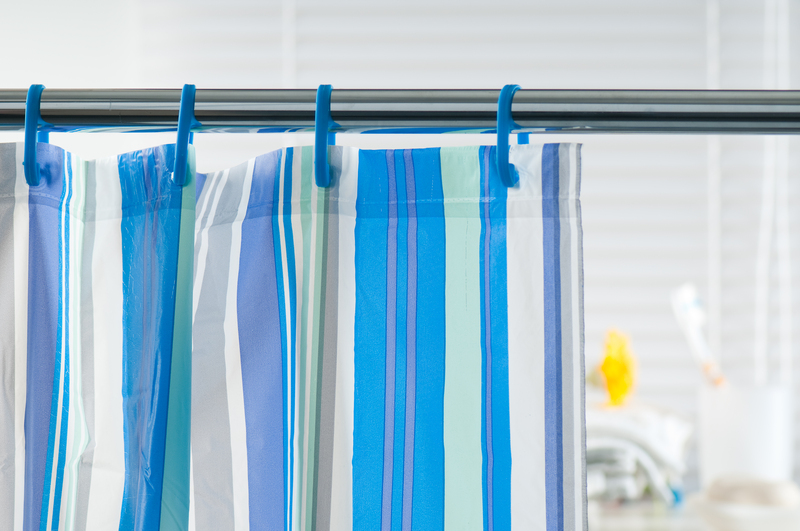Autoclaving: Steam Sterilization
Autoclaving, a method of steam sterilization, is a crucial process in ensuring the sterility of medical instruments, laboratory equipment, and various other materials. This process is widely utilized in various settings, from hospitals to research labs, due to its effectiveness in eliminating all forms of microbial life, including spores.
What is Autoclaving?
Autoclaving is a process that uses steam under pressure to sterilize equipment and other objects, effectively killing bacteria, viruses, and spores. The principle behind autoclaving is that by increasing the pressure inside the autoclave chamber, the boiling point of water increases, allowing the steam to reach higher temperatures. Typical autoclaving conditions are 121?C (250?F) at 15 psi for 15-20 minutes, depending on the volume and type of materials being sterilized.

How Does an Autoclave Work?
An autoclave operates based on a simple but effective mechanism. The items to be sterilized are placed inside the autoclave chamber. Once the door is sealed, a vacuum pump removes air from the chamber, and steam is pumped in. The temperature and pressure increase, and the steam envelops all items, transferring heat energy that denatures proteins and enzymes in microorganisms, killing them thoroughly.
Types of Autoclaves
Various types of autoclaves are used depending on the application:
1. **Gravity Displacement Autoclave:** Steam displaces air in the chamber and forces it out through a drain vent.
2. **Pre-vacuum Autoclave:** Utilizes a vacuum to remove air from the chamber before steam is introduced, ensuring better penetration.
3. **Benchtop Autoclave:** Small, compact, and typically used in dental and small laboratory settings.
4. **Portable Autoclave:** Used for sterilizing small quantities of equipment, often utilized in fieldwork or remote areas.
Applications of Autoclaving
Autoclaving is essential in multiple fields:
- **Medical and Dental:** Sterilizes surgical instruments, dressings, and other items.
- **Laboratory:** Sterilizes glassware, culture media, and biohazardous waste.
- **Food Industry:** Sterilizes canned foods to prolong shelf life.
- **Pharmaceuticals:** Used to sterilize equipment and components.
Pros and Cons of Autoclaving
**Pros:**
1. **Effective Sterilization:** Kills all microbes, including spores which are resilient to many other forms of sterilization.
2. **Non-Toxic:** Does not use harmful chemicals, making it safe for both operators and the environment.
3. **Versatile:** Can sterilize a wide variety of materials.
4. **Cost-Effective:** Relative to other sterilization methods, it is economical.
**Cons:**
1. **High Moisture Content:** Unsuitable for materials that cannot withstand moisture.
2. **High Temperature and Pressure:** May damage delicate instruments, plastic materials, and certain metals.
3. **Time-Consuming:** The process can take a considerable amount of time, especially for large loads.
4. **Requires Regular Maintenance:** Autoclaves need regular maintenance and periodic testing to ensure they are functioning correctly.
Tips for Effective Autoclaving
1. **Regular Maintenance:** Ensure regular checks and maintenance of the autoclave to maintain efficiency and safety.
2. **Proper Loading:** Do not overload the autoclave. Ensure steam can circulate freely around all items.
3. **Use Appropriate Indicators:** Utilize chemical and biological indicators to confirm sterility.
4. **Correct Packaging:** Use autoclave-safe bags and wraps that allow steam penetration.
5. **Training:** Ensure staff are well-trained in autoclave operation and safety procedures.

Takeaways
- Autoclaving is a reliable and highly effective method for sterilizing a wide range of materials.
- It utilizes steam under high pressure to achieve complete sterility.
- While highly efficient, it does have limitations, including potential damage to heat-sensitive items and the need for proper maintenance.
- Implementing best practices ensures optimal performance and safety.
Conclusion
Autoclaving remains the gold standard in sterilization processes due to its efficacy and reliability. By understanding its mechanisms, applications, pros and cons, and by following essential tips, institutions can ensure the highest level of sterility and safety in their operations. Proper training and regular maintenance are key to maximizing the benefits of autoclaving while mitigating potential drawbacks.
Autoclaving is indispensable in ensuring a microbe-free environment crucial for medical, laboratory, and various other applications, highlighting the importance of proper sterilization practices in maintaining health and safety standards.
